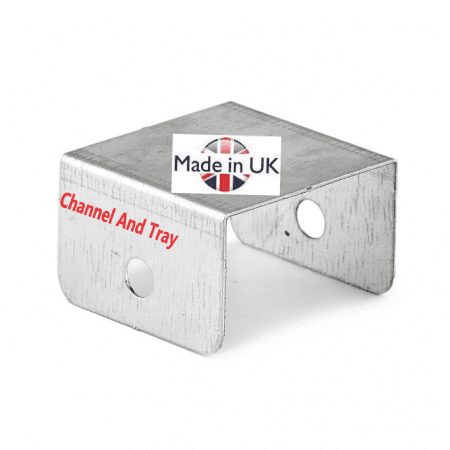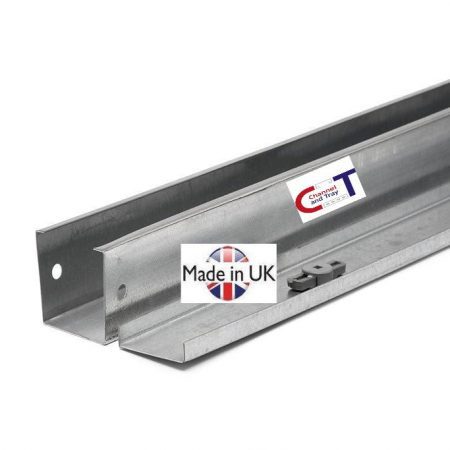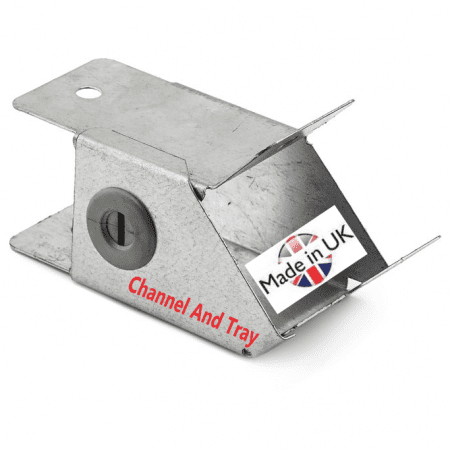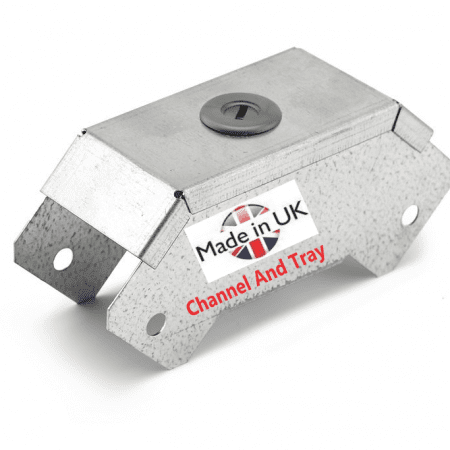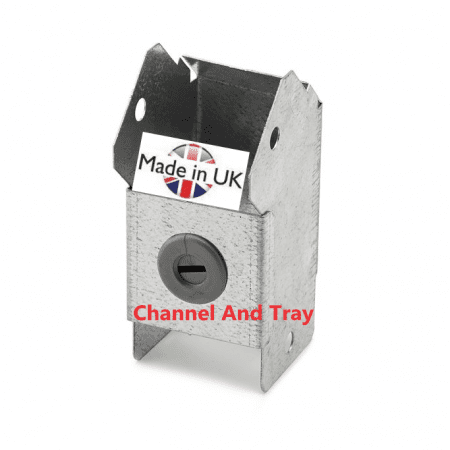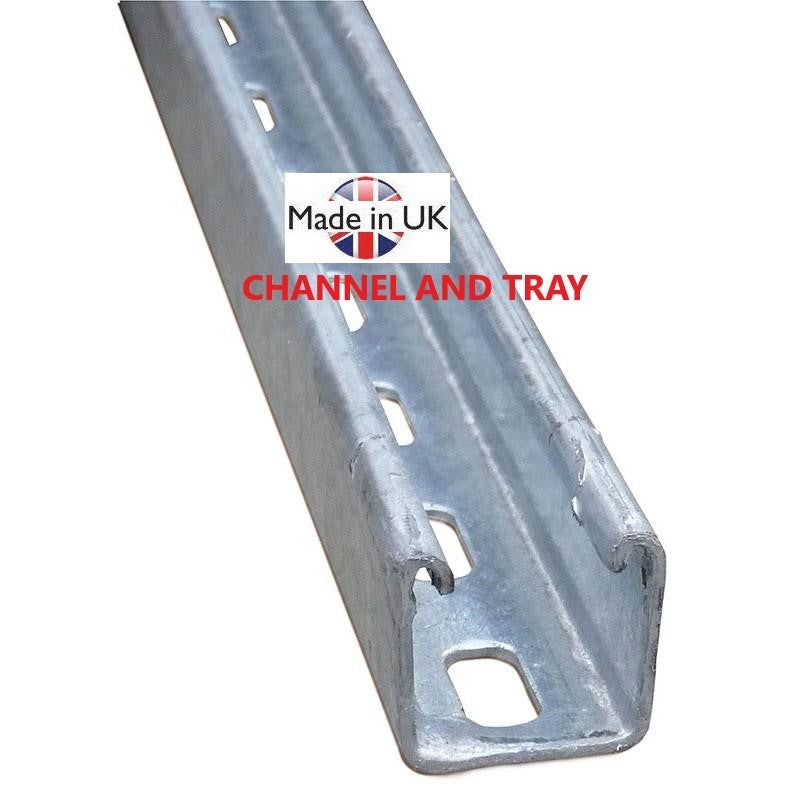Showing all 62 results
-

Cable Tray Heavy Duty
£8.15 – £22.25 Add to Cart -

Cable Tray & Trunking bolt with hex flange nut (6x12mm)
£4.00 Add to Cart -

Lighting Trunking Coupler
£1.20 Add to Cart -

White Plastic Pvc Lid
£4.50 Add to Cart -

Lighting Trunking Top Lid-90 Degree Bend
£4.75 Add to Cart -

Lighting Trunking Inside Lid-90 Degree Bend
£4.75 Add to Cart -

Lighting Trunking Outside Lid-90 Degree Bend
£4.75 Add to Cart -
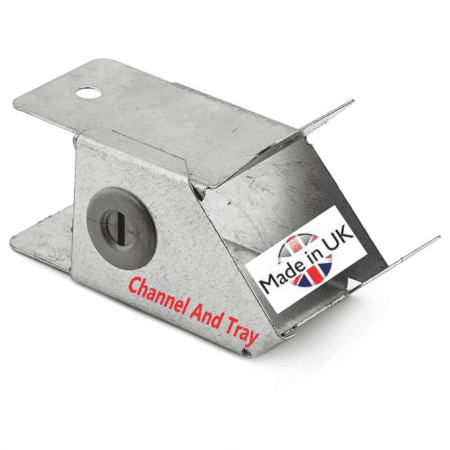
Lighting Trunking Top Lid-45 Degree Bend
£4.75 Add to Cart -

Lighting Trunking Inside Lid-45 Degree Bend
£4.75 Add to Cart -

Lighting Trunking Outside Lid-45 Degree Bend
£4.75 Add to Cart -
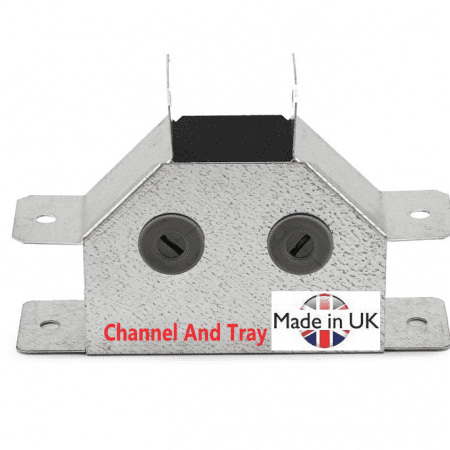
Lighting Trunking Top Lid-Tee
£6.25 Add to Cart -

Lighting Trunking Four ways
£7.05 Add to Cart -
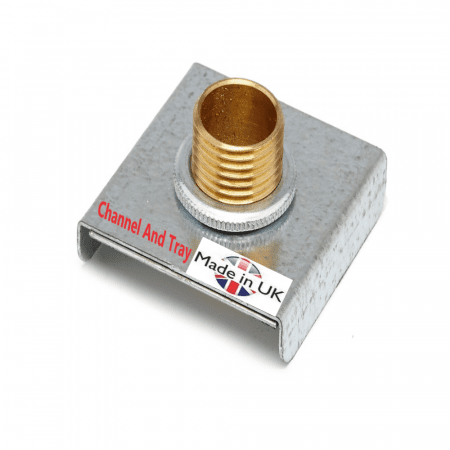
Bush Suspension Set
£1.50 Add to Cart -

Lighting Trunking Suspension Hanger/Stirrup Hanger
£2.05 Add to Cart -

Lighting Trunking Flange Plate
£1.75 Add to Cart -

Lighting Trunking End Cap
£1.30 Add to Cart -
Sale!
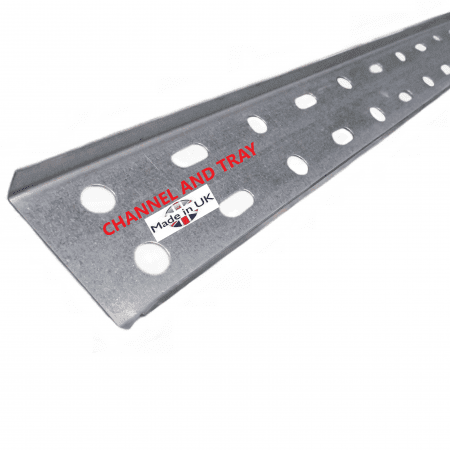
Light Duty Cable Tray
£3.20 – £6.95 Add to Cart -
Sale!

Cable Tray Medium Duty
£4.20 – £40.00 Add to Cart -
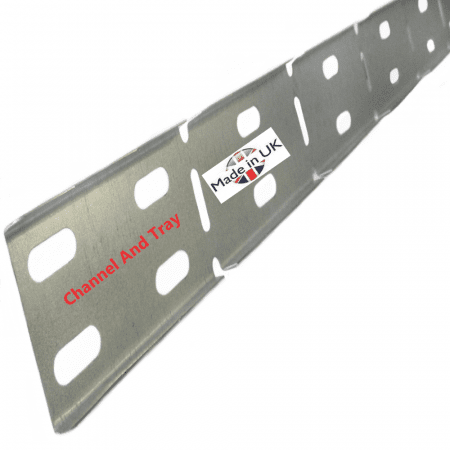
Light Duty Variable Riser
£3.10 – £6.00 Add to Cart -

Medium Duty Tray Reducer (Built-in-couplers)
£6.75 – £21.00 Add to Cart -

Stand Off Bracket – Without Slide Nuts
£0.65 – £1.55 Add to Cart -

Stand Off Bracket – With Slide Nuts
£0.70 – £1.60 Add to Cart -

Cable Tray/Overhead Hanger-Without Slide Nuts
£3.10 – £6.15 Add to Cart -

Cable Tray/Overhead Hanger-With Slide Nuts
£3.20 – £6.30 Add to Cart -
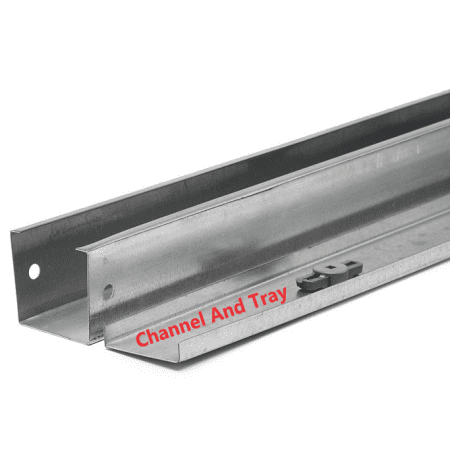
Power Trunking c/w Coupler – 3 metre
£0.00 Add to Cart -
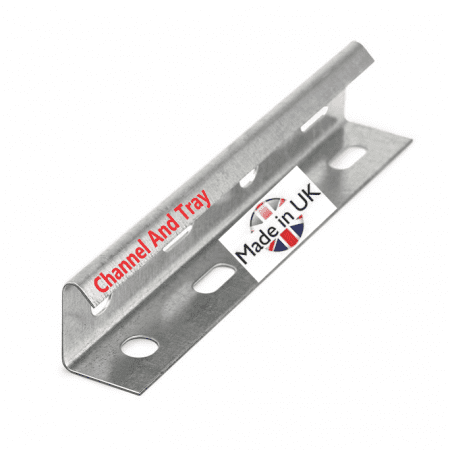
Medium Duty Tray Couplers (Pair)
£1.00 Add to Cart -

Medium Duty Tray 45 Deg Flat Bend (Built-in couplers)
£6.55 – £25.00 Add to Cart -

Medium Duty Tray 90 Deg Flat Bend (Built-in-Couplers)
£6.55 – £25.00 Add to Cart -

Medium Duty Tray Flat Tee (Built-in-couplers)
£6.75 – £30.00 Add to Cart -

Medium Duty Tray 4 Way Crosspiece (Built-in-Couplers)
£8.60 – £35.00 Add to Cart -

Heavy Duty Tray 45 Deg Flat Bend (Built-in couplers)
£7.25 – £11.40 Add to Cart -
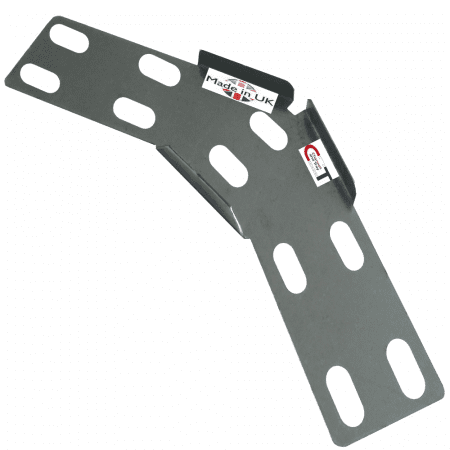
Light Duty – 45 Degree Flat Bend
£3.00 – £6.00 Add to Cart -
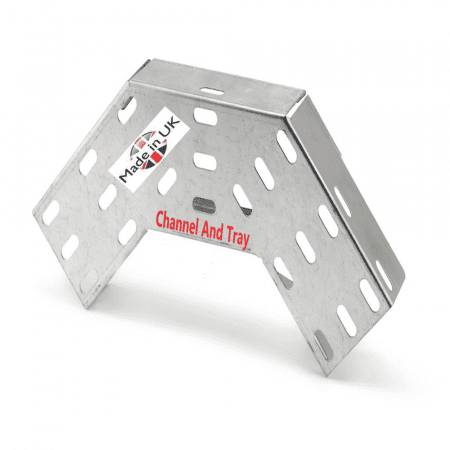
Heavy Duty Tray 90 Deg Flat Bend (Built-in couplers)
£7.25 – £11.40 Add to Cart -

Light Duty – 90 Degree Flat Bend
£3.00 – £6.00 Add to Cart -

Heavy Duty Tray Tee (Built-in-couplers)
£7.80 – £13.85 Add to Cart -

Heavy Duty Pre-Galv Couplers (Pair)
£1.40 Add to Cart -

Medium Duty Tray Variable Riser (Built-in-couplers)
£6.55 – £25.00 Add to Cart -

Heavy Duty Tray Variable Riser (Built-in couplers)
£7.20 – £11.40 Add to Cart -

Heavy Duty Tray 4 Way Crosspiece (Built-in couplers)
£12.96 – £18.00 Add to Cart -

Heavy Duty Tray Reducer (Built-in-couplers)
£7.30 – £11.40 Add to Cart -

Light Duty Pre-Galv Couplers
£0.50 Add to Cart -

Light Duty – Flat Tee
£3.10 – £6.00 Add to Cart -

Light Duty 4 Way Crosspiece
£3.10 – £6.00 Add to Cart -
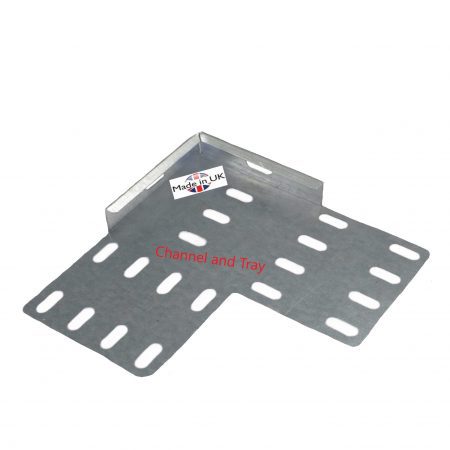
Medium Duty Tray 90 Degree Flat Bend (Budget Range)
£3.25 – £8.70 Add to Cart -
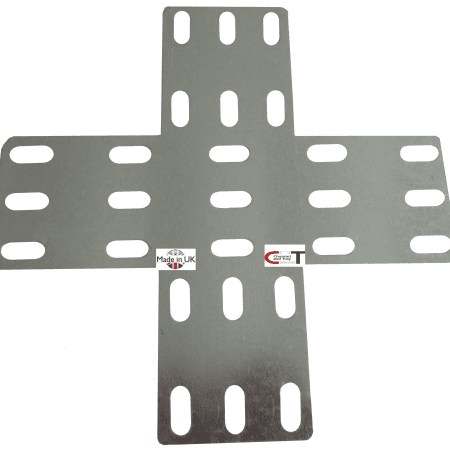
Medium Duty Tray 4 Way Crosspiece (Budget Range)
£3.00 – £7.40 Add to Cart -

Medium Duty Tray Flat Tee (Budget Range)
£3.25 – £8.70 Add to Cart -

Variable Riser (Budget Range)
£3.55 – £9.45 Add to Cart -
Sale!
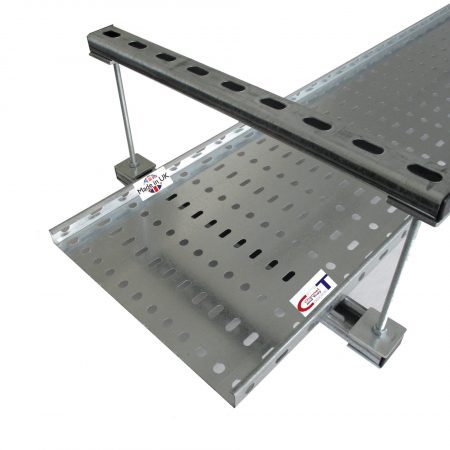
Cable Tray Trapeze Bracket (Made to Order)
£5.00 – £8.00 Add to Cart -

Stainless Cable Ties (Pack Qty 100)
£8.20 – £9.50 Add to Cart
Cable trays and trunking systems are essential components used in electrical and communication infrastructure to support, organize, and protect cables in commercial, industrial, and residential applications. These systems are designed to carry and route electrical cables, ensuring safe, reliable, and efficient distribution of power and data while minimizing the risk of damage, wear, and potential fire hazards.
Cable Trays
Cable trays are open, horizontal systems that provide a pathway for cables to be routed in a structured and accessible manner. Typically made from metal (such as galvanized steel, stainless steel, or aluminum), they come in various shapes, sizes, and designs to meet specific application needs. Some common types of cable trays include:
- Ladder Cable Trays: Featuring rungs similar to a ladder, this design allows for optimal ventilation and easy cable installation. It is particularly effective for supporting heavy cables and high-volume cable runs.
- Solid Bottom Cable Trays: These trays have a solid surface, offering a more protected environment for cables and providing greater stability for smaller or more delicate cables.
- Trough Cable Trays: A variation of the ladder tray but with sidewalls that provide additional protection for the cables.
- Channel Cable Trays: Smaller trays ideal for applications where space is limited, offering a more compact solution.





